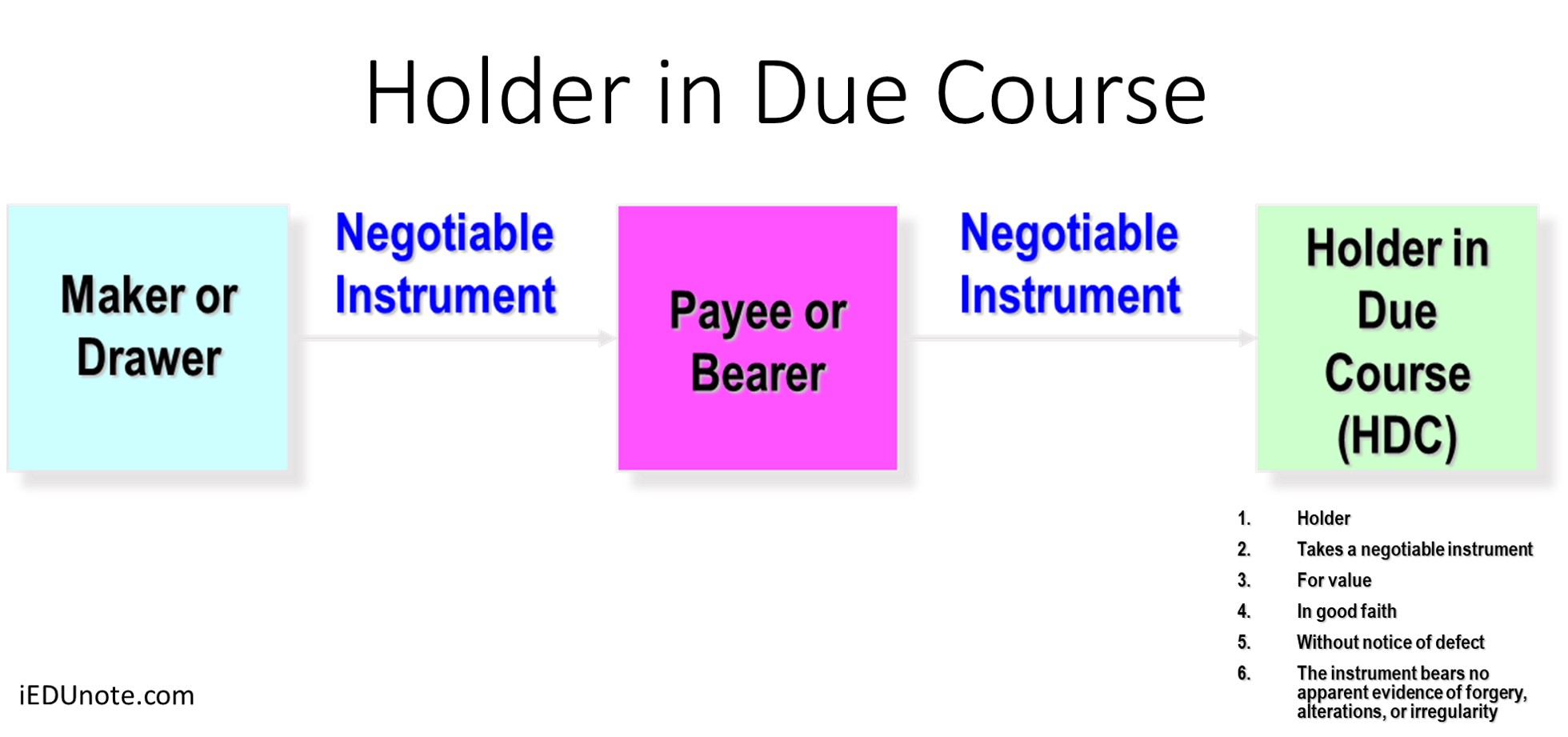In the complex world of finance, insurance organizations play a pivotal role in managing risk and providing security. Let’s delve into the eight distinct types of insurance organizations, each with its unique structure and function. These include self-insurance, individual insurers, partnerships, joint stock companies, mutual companies, cooperative insurance organizations, Lloyd’s Association, and state insurance.
Understanding these organizations is crucial for anyone seeking to navigate the insurance landscape, whether as a policyholder, an investor, or a professional in the field. You need this omprehensive overview of each type of organization, shedding light on their operations, advantages, and potential drawbacks.
8 Types of Insurance Organizations
The insurance organization developed in different forms with fee advancement of insurance practices. Let’s understand each type of insurance.
Self-Insurance
The plan by which an individual or concern sets up a private fund out of which to pay losses is termed “self-insurance.”
The person periodically lays aside a certain sum to meet the losses of any contemplated risk.
While it may be called “self-insurance,” it is not insurance at all because there is no hedge, no shifting or distributing of the burden of risk among larger persons. It is merely a provision for meeting the contingency.
Here the insured becomes his own insurer for the particular risk. But, it can be successfully worked only when there is a wide distribution of risks subject to the same hazard; it may be lesser expensive, provided the amount of loss is tremendous.
The fund, as it accumulates, belongs to the insured and he can invest it as he may deem prudent.
He pays no commission to agents and no extra expenses for maintaining an office.
So, on the one hand, the return on an investment will be higher, and on the other, the cost of operation will be lesser.
The self-insurance will be successfully operated where;
- There are several properties such as machines, motor vehicles, house factories, etc.,
- The properties or units are widely distributed,
- These are under the influence of varied risks and;
- The risks are greater at one place and lesser at another place.
So a shipping company owning a large number of ships can profitably employ this scheme, or an automobile firm having numerous motor vehicles can successfully operate this scheme.
Certainly, a concern about limited risks and resources should not attempt to operate this scheme.
The self-insurance cannot be effectively utilized by those concerned where the losses cannot be easily estimated, no proper management of the accumulated funds can be practiced, and the accumulated funds prove to be inadequate at the contingency.
Individual Insurer
An individual, like other businesses, can perform the business of an insurer provided he has sufficient resources and talent in the insurance business.
Individual organization has been rare in the field of insurance.
Partnership
A partnership firm can also carry on the insurance business for the sake of profit.
Since it is not an entity distinct from the persons composing it, the personal liability of partners in respect of the partnership debts is unlimited.
In case of a huge loss, the partners have to pay from their own personal funds, and it will not be profitable for them to start an insurance business. In the early period before the advent of joint stock companies, many insurance undertakings were partnership or unincorporated companies.
They were constituted by deeds of partnerships that regulated the business.
Before the formation of joint-stock companies, the crown had been empowered to grant application letters patents to such unincorporated companies to operate the business with limited liabilities.
Sometimes, the policyholders were permitted to share the management of the concern.
These forms of insurance had completely disappeared with the advent of joint stock companies.
Joint Stock Companies
Joint stock companies are those which are organized by the shareholders who subscribe the necessary capital to start the business and are formed to earn profits for the stockholders who are the real owners of the companies.
The management of a company is entrusted to a board of directors who are elected by the shareholders from among themselves.
The company can operate an insurance business, and the policy-holders have nothing to do with die management of the concern.
But, in life insurance, it is the practice to share a certain portion of profit among certain policyholders.
The participating policyholders are getting the bonus.
Before nationalization, the policy-holders had a right to elect their representatives to the board of directors to the extent of one-fourth of the total number of directors of the company.
The provision enabled the policy-holders to have an effective voice in the management of the company.
Most of the insurance businesses were done on a joint stock basis before nationalization.
They were operating within the memorandum of association and articles of association framed by them.
They used to distribute only 5 percent of divisible profit to the shareholders, and more than 95 percent of the divisible profit was distributed amongst the policy-holders.
Mutual Companies
The mutual companies were cooperative associations formed for the purpose of effecting insurance on the property of its members.
The policy-holders were themselves the shareholders of the companies, and each member was an insurer as well as insured.
They had the power to participate in management and in profit to the full extent.
Whenever the income was more than the expenses and claims, it was accumulated in the form of savings and was entitled to reduce the rate of premium.
Since the insured were insurers also, they always tried to reduce the management expenses and keep the business at a sound level.
The theoretical base of the mutual companies is issuing of participating policies, i.e., the policyholders had full power in management and profit, whereas the joint-stock companies strictly were to issue non-participating policies.
But, in practice, the joint-stock companies were also issuing participating policies.
It made them mixed companies, i.e., where the features of joint stock companies and of mutual companies were present.
Co-Operative Insurance Organization
Co-operative insurance organizations are those concerns that are incorporated and registered under the co-operative societies Act.
The concerns are also called ‘co-operative insurance societies.
These societies, like mutual companies, are non-profit organizations. The aim is to provide insurance protection to its members at the lowest reasonable price.
Lloyd’s Association
Lloyd’s Association is one of the greatest insurance institutions in the world.
Taking its name from the coffee house of Edward Lloyd, where underwriters assembled to transact business and pick up news, the organization traces its origin to the latter part of the seventeenth century.
So, it is the oldest insurance organization in the existing form in the world.
In 1871, Lloyd’s Act was passed, incorporating the members of the association into a single corporate body with perpetual succession and a corporate seal.
The power of Lloyd’s Corporation was extended from the business of marine insurance to other insurance and guarantee businesses.
The Lloyd’s Association is an association of individual insurers known as ‘underwriters’. They are also termed ‘syndicates’ or ‘names.’
Any insurer who wants to become a member of such an association has to deposit a certain fee as security for the regular payment of his liabilities.
The association before enrolling the insurer as a member of the association, will inquire about the financial position of the concern, business reputation, and experience.
On a satisfactory proof, the association admits him in the association.
The business is affected by the insurers called underwriters, syndicates, or names.
The association is merely a controlling and guiding body. Anybody desirous of taking insurance will approach the ‘underwriters’ and not the association.
Each underwriter will be responsible for his business underwritten by a policy.
Thus, a policy will be underwritten by several underwriters, but their share or portions of the business are fixed individually.
When the policy becomes a claim, the insured realizes money from all the underwriters who had underwritten the policy according to their respective shares.
If an underwriter fails to pay his share of the claim, the association will pay from his security which he had taken at the time of enrolment of the underwriter.
Never is one member or underwriter liable for the losses of other members either on a policy or in a syndicate. Underwriter assumes liability ‘each for himself and not for another’.
Lloyd’s, as a corporation, is never liable for a policy.
It does supervise the conditions under which its members may issue policies; it undertakes to provide collective protection for the commercial and maritime interests of its members.
The Lloyd’s has done commendable work not only in the field of marine insurance but in other insurances also.
War risk, election risk, export risk, aero-plane risk, etc., have been insured by Lloyd’s Association.
The association also publishes ‘Lloyd’s List’ and ‘Register of Shipping’ for information ensuring the public and the insurers.
State Insurance
The government of a nation sometimes owns the insurance and runs the business for the benefit of the public.
State insurance is defined as that insurance which is under the public sector put; more specifically, it can be stated that when governments have taken over the insurance business, particularly life insurance.
France nationalized larger insurance companies in 1946.
In Brazil, Japan, and Mexico, the insurance is largely nationalized.
Previously, the state undertook only those insurances regarded as vital for the public interest or where private companies were not able or willing to enter the field of insurance.
Social security, unemployment, crop insurance, war risk insurance, export credit insurance, and aero-plane insurance were generally understated insurance.
In India, the life insurance business was nationalized in 1956, and the general insurance was nationalized in 1971.
Thus, the insurance business in India today is under the control and ownership of the central government, although they are in different forms of insurance.
Conclusion
In conclusion, the world of insurance is diverse and complex, with various types of organizations playing unique roles in managing risk and providing financial security. From self-insurance to state insurance, each entity has its own structure, advantages, and potential drawbacks.
Understanding these organizations is crucial for anyone interacting with the insurance sector. This knowledge not only empowers individuals to make informed decisions but also contributes to a more robust and efficient financial system.
As we continue to navigate our financial journeys, let’s appreciate the intricate web of insurance organizations that underpin our economy and safeguard our assets.

